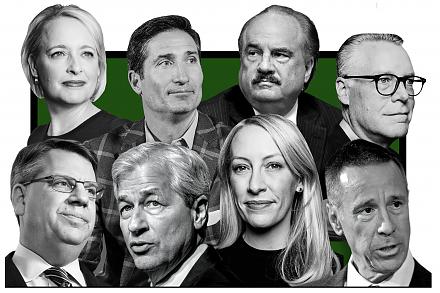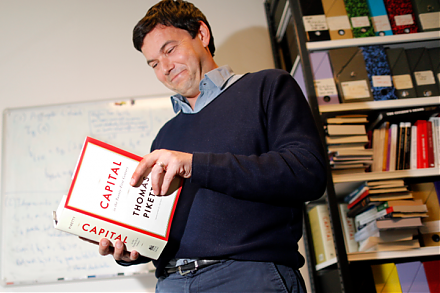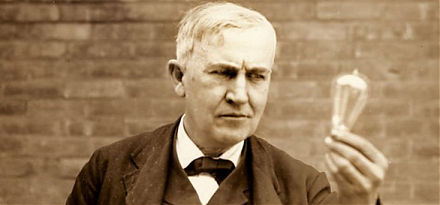

2019-08-04 08:26:00 Sun ET
technology antitrust competition bilateral trade free trade fair trade trade agreement trade surplus trade deficit multilateralism neoliberalism world trade organization regulation public utility current account compliance
U.S. and Chinese trade negotiators hold constructive phone talks after Presidents Trump and Xi exchange reconciliatory gestures at the G20 summit in Japan. Both presidents agree to an interim trade truce with 25% tariffs on $200+ billion Chinese imports (but no further tariffs on the other $325 billion Chinese goods). U.S. trade envoy Robert Lighthizer and Treasury Secretary Steven Mnuchin reconnect with Chinese Vice Premier Liu He and Commerce Minister Zhong Shan in their current effort to resolve relentless Sino-American trade disputes.
Both sides agree to resume constructive discussions to ease fears of further trade war escalation after an awkward hiatus in mid-2019. Bilateral trade talks continue even though the Trump team accuses Chinese trade technocrats of reneging on their prior commitments to a major landmark deal. U.S. trade reps emphasize the essential need for China to institute legal changes in the current unique system of state capitalism, whereas, Chinese trade reps refrain from engaging in prohibitively costly U.S. agribusiness export procurement and intellectual property protection and enforcement under Section 301 of the U.S. Trade Act 1974. At any rate, both trade teams attempt to reframe the current bilateral trade conflict before it becomes an unnecessary tech cold war.
If any of our AYA Analytica financial health memos (FHM), blog posts, ebooks, newsletters, and notifications etc, or any other form of online content curation, involves potential copyright concerns, please feel free to contact us at service@ayafintech.network so that we can remove relevant content in response to any such request within a reasonable time frame.
2020-02-02 11:32:00 Sunday ET

Our fintech finbuzz analytic report shines fresh light on the current global economic outlook. As of Winter-Spring 2020, the analytical report delves into t
2018-05-21 07:39:00 Monday ET

Dodd-Frank rollback raises the asset threshold for systemically important financial institutions (SIFIs) from $50 billion to $250 billion. This legislative
2019-07-30 15:33:00 Tuesday ET

All of the 18 systemically important banks pass the annual Federal Reserve stress tests. Many of the largest lenders announce higher cash payouts to shareho
2017-06-27 05:40:00 Tuesday ET

These famous quotes of self-made billionaires are inspirational words of wisdom on financial management, innovation, and entrepreneurship. For financial
2018-01-04 07:36:00 Thursday ET

The world now faces an economic inequality crisis with few policy options. Some recent U.S. Federal Reserve data suggest that both income and wealth inequal
2020-01-15 08:31:00 Wednesday ET

Anti-competitive corporate practices may stifle U.S. innovation. In recent decades, wage growth, economic output, and productivity tend to stagnate as U.S.